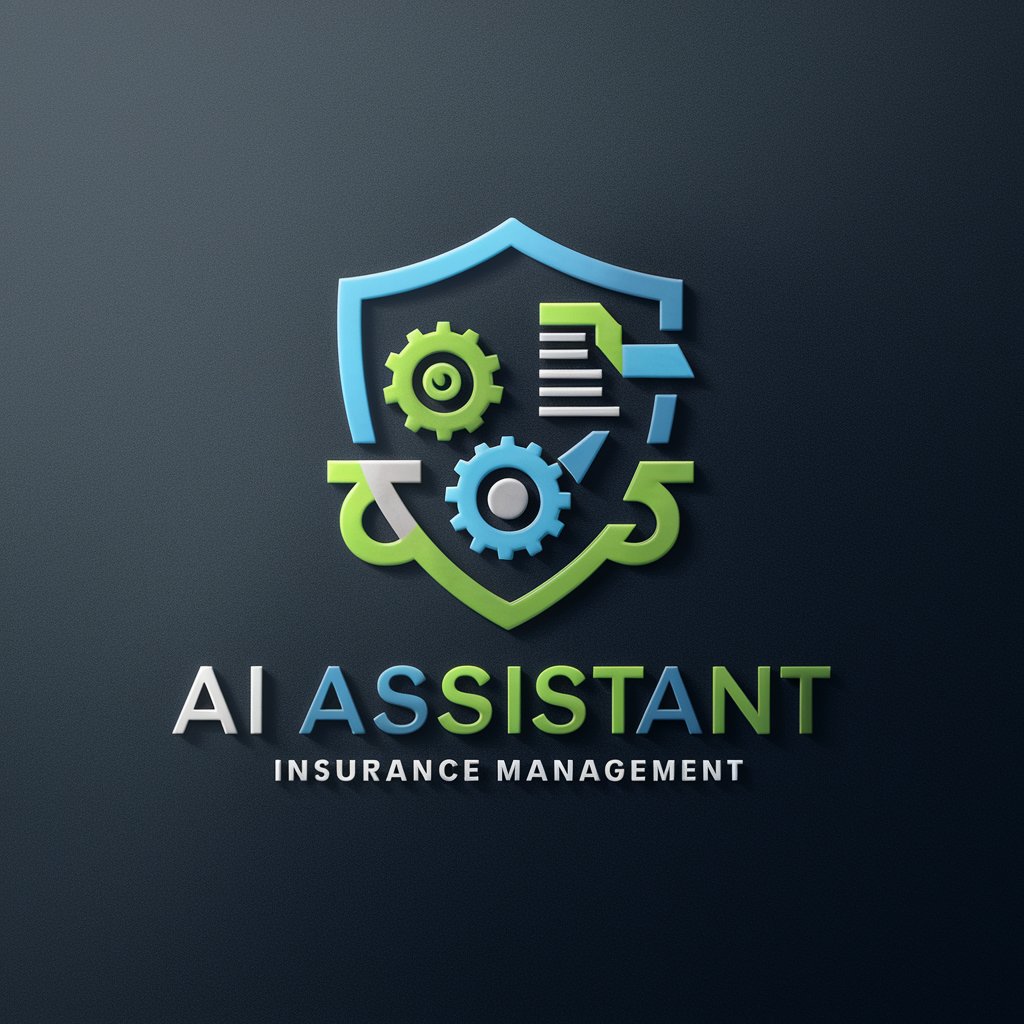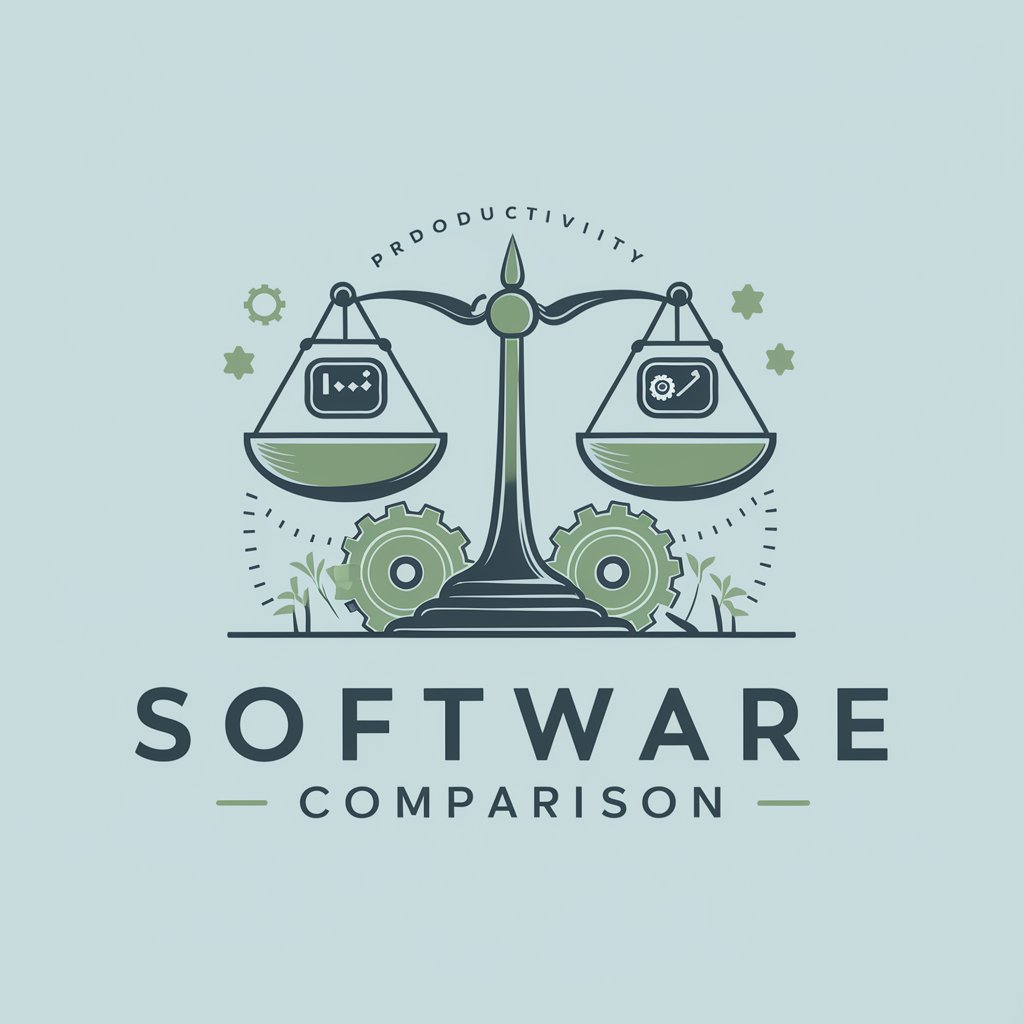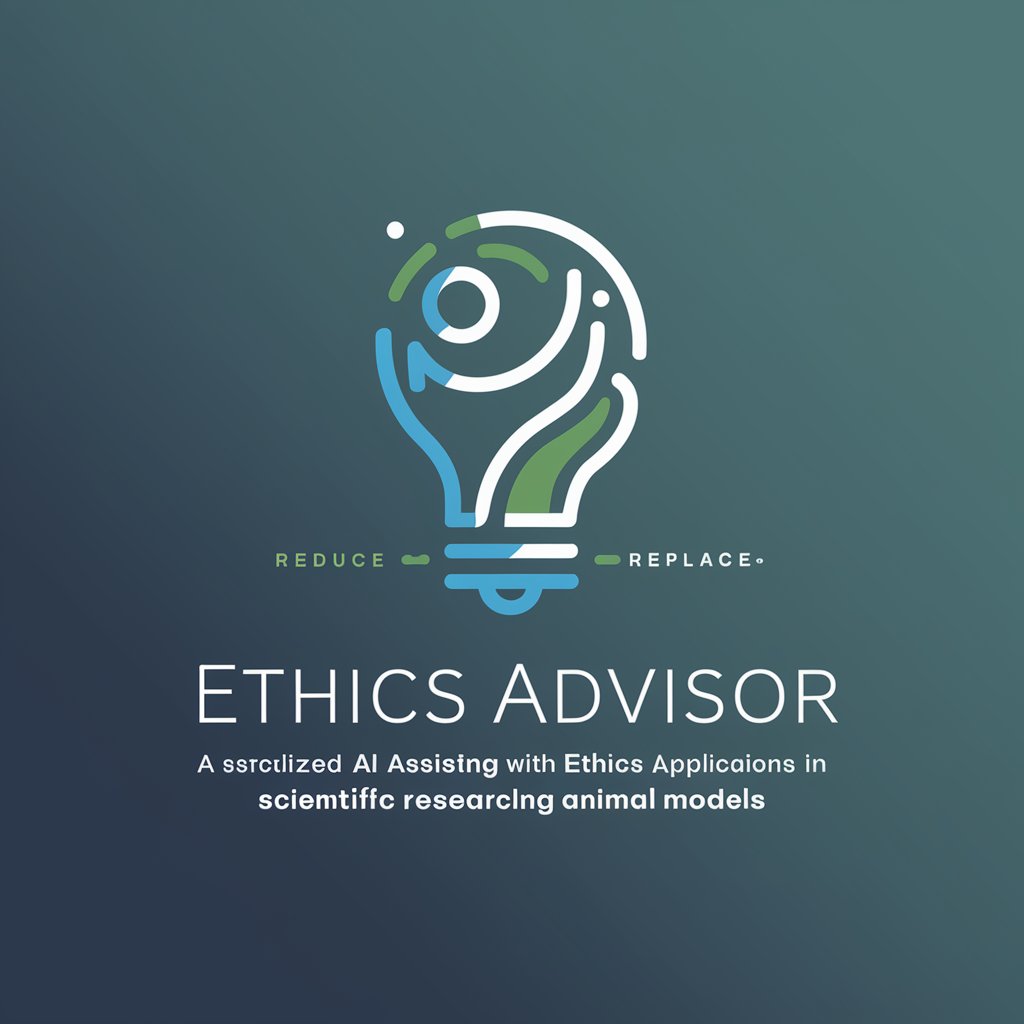Insurance Management - Insurance Management Assistance

Welcome! How can I assist you with your insurance management needs today?
Streamlining Insurance with AI Power
Can you explain the standard procedure for filing an insurance claim?
What are the key factors to consider when assessing risk for a new policy?
How can an organization optimize its insurance policy administration?
What steps should be taken to ensure compliance with insurance regulations?
Get Embed Code
Introduction to Insurance Management
Insurance Management refers to the systematic approach of overseeing and controlling the insurance-related operations within an organization or for individual clients. This encompasses a broad range of activities, including the evaluation of insurance needs, risk assessment, policy acquisition and maintenance, claim processing and settlement, and the ongoing review and adjustment of insurance coverages to match evolving risks and circumstances. The primary design purpose of Insurance Management is to ensure that individuals or organizations are adequately protected against potential risks, while also optimizing insurance-related costs and compliance with relevant regulations. For example, in a corporate setting, Insurance Management might involve assessing the risk exposure of various business operations, obtaining appropriate coverage for property, liability, and workers' compensation, and managing any claims that arise in a timely and efficient manner. Similarly, for individuals, it could involve determining personal insurance needs, such as life, health, or property insurance, and ensuring that coverage is sufficient to protect against significant financial loss. Powered by ChatGPT-4o。

Main Functions of Insurance Management
Risk Assessment and Policy Selection
Example
Analyzing a company's operations to identify potential risks, such as property damage, liability issues, or business interruptions, and then selecting insurance policies that provide adequate coverage.
Scenario
For a manufacturing company, this might involve evaluating the risk of equipment failure, employee accidents, and product liability, and then obtaining the necessary property, workers' compensation, and product liability insurance.
Claim Processing and Settlement
Example
Overseeing the entire claim process from notification to final settlement. This includes verifying the claim, assessing the damage or loss, negotiating with insurers, and ensuring timely payment.
Scenario
In the event of a natural disaster causing significant damage to a business's facilities, managing the claim process to ensure that the business receives the full benefits under its property insurance policy, allowing for repairs and a return to normal operations.
Policy Administration and Compliance
Example
Maintaining up-to-date records of insurance policies, premiums paid, and claims filed. Ensuring compliance with policy terms and legal requirements.
Scenario
Regularly reviewing an organization's insurance portfolio to ensure that coverage levels are appropriate, premiums are paid on time, and the organization complies with industry-specific regulations regarding insurance coverage.
Cost Management and Optimization
Example
Evaluating existing insurance coverages and costs to identify opportunities for savings or better value through policy adjustments, consolidations, or provider changes.
Scenario
For a small business, comparing insurance quotes and negotiating with providers to lower premiums or enhance coverage without increasing costs, effectively managing the insurance budget.
Ideal Users of Insurance Management Services
Businesses and Corporations
Organizations of all sizes require comprehensive insurance management to protect against various operational risks. This includes small businesses seeking to optimize their insurance spend while covering essential risks, to large corporations with complex risk profiles needing tailored insurance solutions.
Insurance Professionals
Agents, brokers, and consultants can leverage insurance management tools and services to better serve their clients by offering more effective policy comparisons, risk management advice, and claims assistance.
Individual Consumers
Individuals looking for personal insurance solutions, such as life, health, property, or auto insurance, benefit from insurance management by ensuring they have adequate coverage that meets their needs and budget.

How to Utilize Insurance Management Effectively
Initiate Your Experience
Begin by visiting yeschat.ai to access a complimentary trial, allowing exploration without the need for login or a ChatGPT Plus subscription.
Identify Your Needs
Determine the specific insurance management aspects you're seeking help with, such as policy administration, claims processing, risk assessment, or compliance monitoring.
Explore Features
Familiarize yourself with the tool's features by navigating through the interface. Look for functionalities like policy comparison, claim status tracking, and risk analysis tools.
Engage with the Tool
Utilize the tool by inputting data related to your insurance policies or claims. Use the AI-generated insights for making informed decisions or optimizing your insurance portfolio.
Review and Adjust
Regularly review the outcomes and insights provided by the tool. Adjust your inputs or queries based on changing insurance needs or to refine the results.
Try other advanced and practical GPTs
Bucket List
AI-powered adventure and goal planner

Diversity Window RFP Response Assistant
AI-powered RFP Champion for DEI

TRÂM KHÁI NIỆM
Unlocking Knowledge with AI-Powered Insights

Software Comparison
Empowering decisions with AI-powered software comparisons.

Wax
Simplify Your Beauty Routine with AI-Powered Waxing Guidance

Whiskey Navigator
Navigate Your Whiskey Journey with AI

Hot Tub
Soothing, AI-Powered Hot Tub Advice

Geopolitical Strategy Educator
Unravel global politics with AI-powered insights.

Beach
Discover Your Perfect Beach with AI

Ethics Advisor
Navigate Research Ethics with AI

Simon Brand Builder
Empower Your Brand with AI

Exchange Rate
AI-Powered Currency Insights

Frequently Asked Questions about Insurance Management
What types of insurance policies can Insurance Management handle?
Insurance Management is designed to assist with a wide range of insurance types, including but not limited to, property and casualty, life, health, and liability insurance. It facilitates the administration and oversight of various policy details and claims processing.
How can Insurance Management help with claim processing?
The tool streamlines claim processing by offering functionalities for claim entry, tracking, and status updates. It can also assist in identifying discrepancies or issues in the claims process, aiding in timely and accurate claim resolution.
Can Insurance Management assist in risk assessment?
Yes, it provides risk assessment features that analyze insurance policies and claims data to identify potential risks and suggest mitigation strategies. This helps in minimizing losses and improving insurance portfolio performance.
Is Insurance Management suitable for insurance professionals and consumers alike?
Absolutely, it is designed for both insurance professionals seeking to manage policies and claims efficiently, and consumers looking for assistance in understanding and handling their insurance matters.
How does Insurance Management ensure data security?
The tool employs advanced security measures, including data encryption and user authentication protocols, to protect sensitive information and ensure that data handling complies with privacy regulations.
